Is Tricolor Air Plant?
In the world of houseplants, the Tricolor Air Plant stands out as a unique and captivating addition to any collection. Its striking appearance and minimal care requirements have made it a favorite among plant enthusiasts. If you’ve ever wondered, “Is Tricolor Air Plant?” you’re in the right place. In this comprehensive guide, we’ll delve into every aspect of this fascinating plant, from its characteristics to care tips, and even some frequently asked questions.

Table of Contents
Despite receiving more sunlight than many other mesic air plants, the T. melanocrater is nonetheless classified as a mesic air plant. Although the smooth, green leaves of this plant don’t have any visible trichomes, they do exist and are how Tillandsia obtain their nutrition. In general, we advise soaking your T. melanocrater tricolor plant at least once a week. To prevent rot, make sure to shake the excess water out of the stiff leaf base. When choosing the frequency and manner of watering for your air plants, like with other aspects of maintenance, you should first take into account your surroundings.
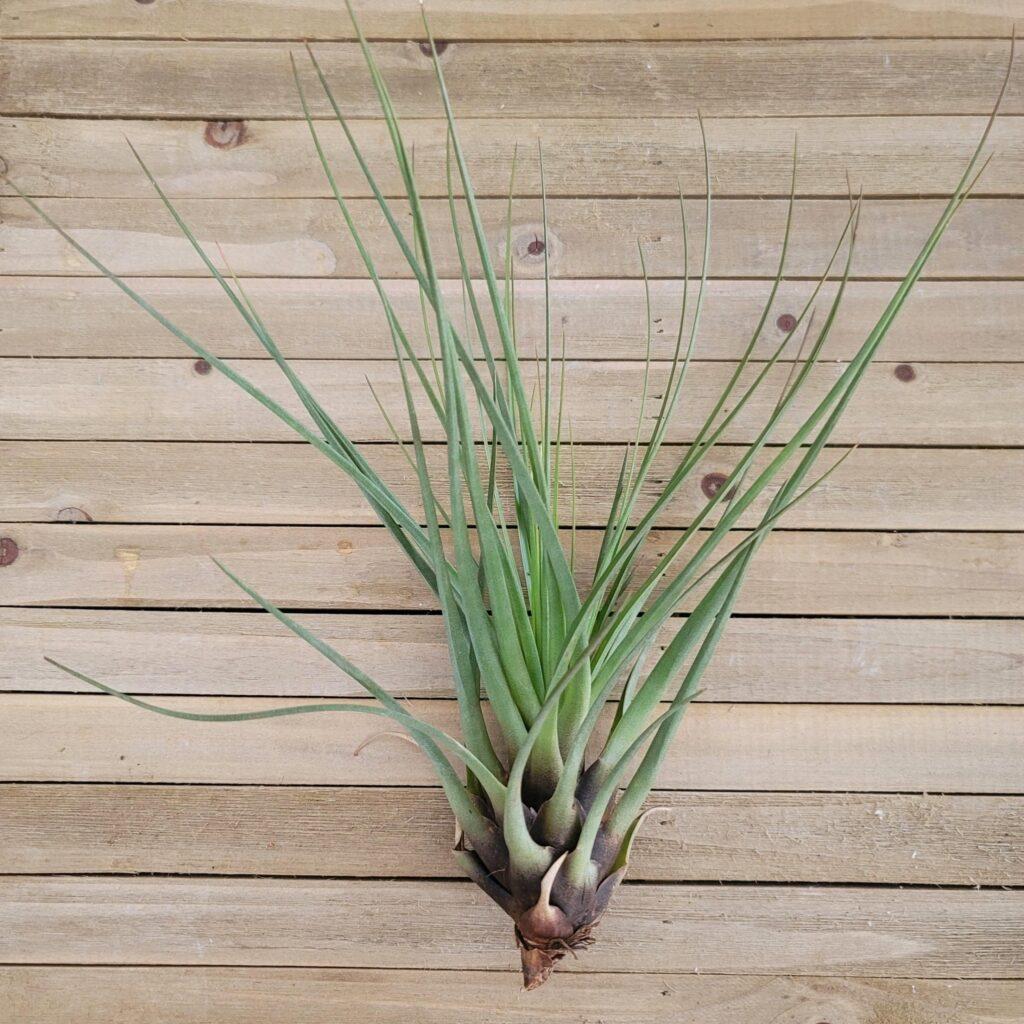
Is Tricolor Air Plant? - Unveiling the Beauty
It is called “tricolor” because of the way that it changes color depending on how much sunshine it receives. It will flush colors of deep crimson and purple if it receives enough direct sunshine. It will continue to be more of a vivid to dark green if it receives less sunshine. The bushier the plant gets as it spreads out from its thin base, the more mature it is. As the plant approaches its bloom cycle, you could observe the leaves begin to change from a lighter shade of green to purple.
The flower bract of the melanocrater tricolor air plant will start to emerge from the plant’s center as it starts to bloom. The bloom spike of the T. melanocrater tricolor often lasts longer than most other common air plant flowers. The bloom spike typically has stunning purple blossoms on it and is extremely brilliant yellow or orange. The T. melanocrater tricolor air plant will generate several offsets following its bloom cycle. Once the young plants reach about one-third the size of the mother plant, you may either remove them or let them to grow into a cluster.
Tricolor Air Plants, scientifically known as Tillandsia tricolor, are small, epiphytic plants native to the rainforests of Central and South America. They are renowned for their vibrant and eye-catching appearance. The name “Tricolor” is derived from the three distinct colors often found in their leaves: green as the base, with hues of red and purple, creating a mesmerizing blend.
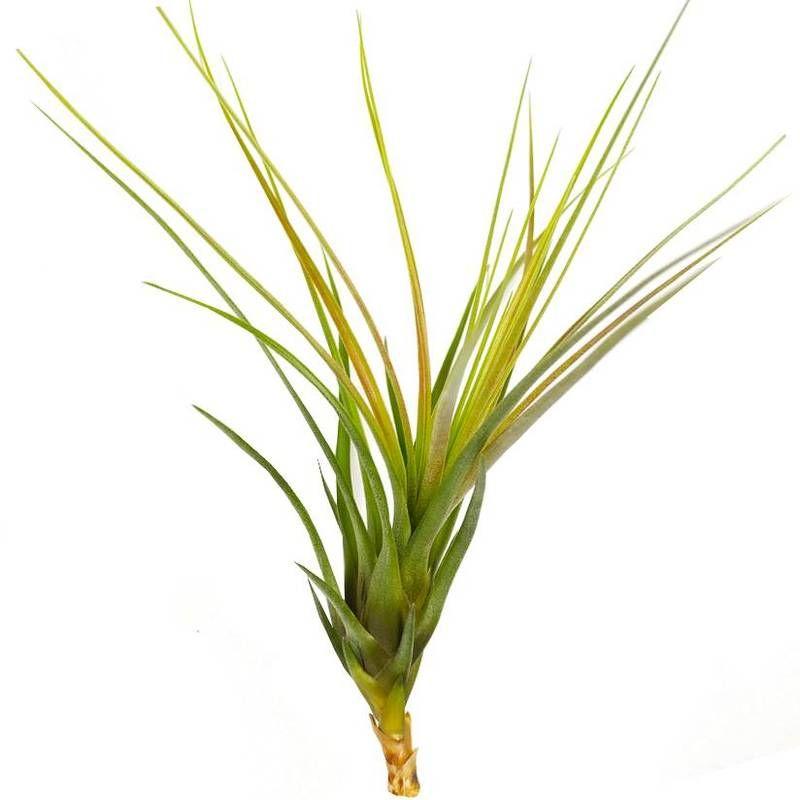
Characteristics of Tricolor Air Plants
Size: Tricolor Air Plants are relatively small, usually growing up to 6 inches in height. Their compact size makes them ideal for creative displays.
Coloration: As the name suggests, the leaves of these plants exhibit a tricolor pattern, with a deep green base and shades of red and purple.
Bloom: When in bloom, they produce colorful flowers that can range from red and pink to violet.
Adaptability: Tricolor Air Plants are epiphytic, meaning they don’t require soil to grow. They attach themselves to trees and rocks, drawing nutrients from the air.

Caring for Your Tricolor Air Plant
Now that we’ve answered the question, “Is Tricolor Air Plant?” let’s explore how to care for these exquisite specimens. Despite their unique characteristics, they are relatively low-maintenance, making them suitable for both beginners and experienced plant enthusiasts.
Light Requirements
Tricolor Air Plants thrive in bright, indirect light. Place them near a window with filtered sunlight, but avoid direct exposure to harsh, afternoon sun, which can scorch their delicate leaves.
Watering
One of the most crucial aspects of Tricolor Air Plant care is proper watering. These plants should be watered 2-3 times a week. The best method is to mist them thoroughly or soak them in room-temperature water for about 20-30 minutes. Afterward, allow them to dry completely to prevent rot.
Temperature and Humidity
Maintaining a suitable environment is essential. Tricolor Air Plants prefer temperatures between 50°F to 90°F (10°C to 32°C) and appreciate a relative humidity level of around 50-60%.
Fertilization
Fertilizing your Tricolor Air Plant is necessary for optimal growth. Use a diluted, water-soluble fertilizer once a month during the growing season (spring to early fall).
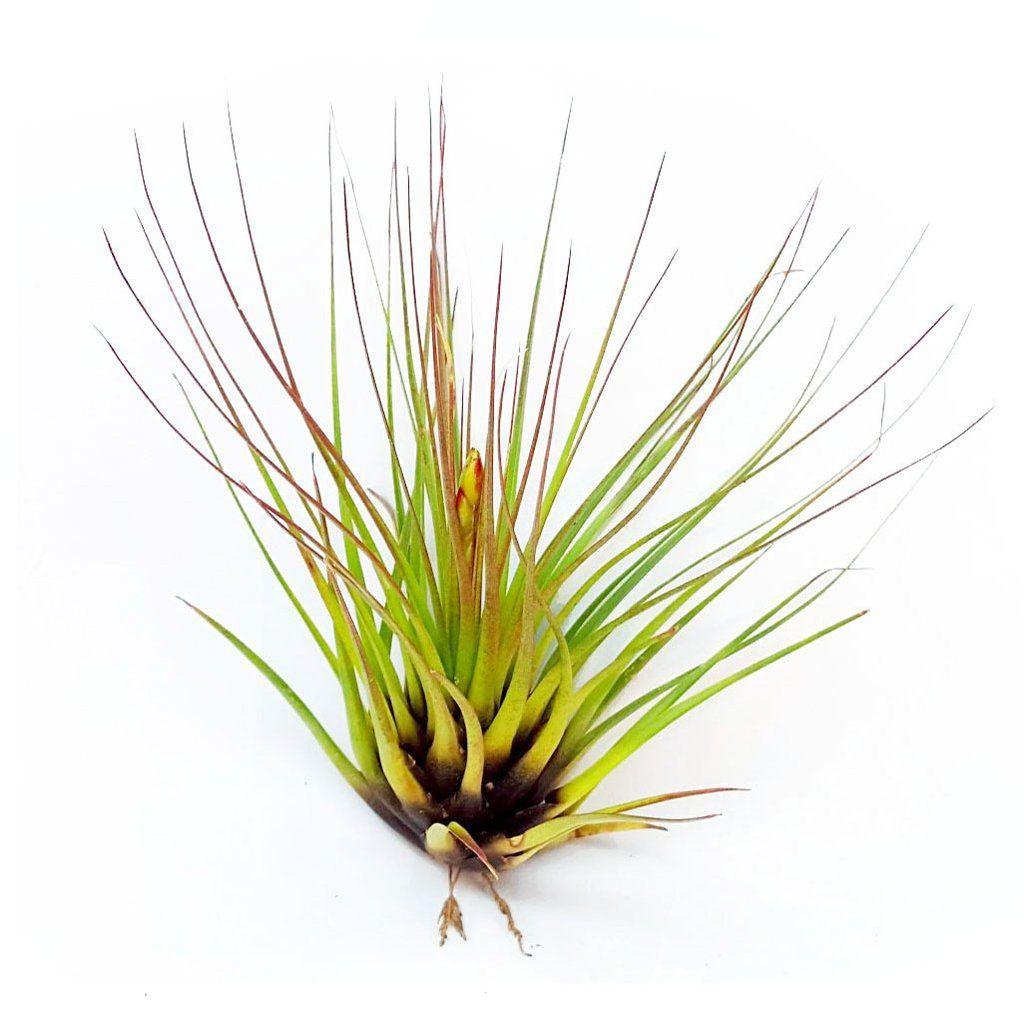
Tricolor Air Plant | FAQs
Q : How do you care for a tricolor air plant?
A : Tricolor Air Plants require regular watering, typically 2-3 times a week. However, factors like humidity and light conditions can influence the frequency. Always monitor the Tillandsia tricolor requires a good light and tolerates full sun (avoid the afternoon in summer if the plant is young or has not been used). Be careful in winter to return the plant after watering to empty the water that accumulates in the heart of the plant (waterproof rosette) and thus avoid any risk of rot.
Q : Are colored air plants natural?
A : Most Tillandsia bloom once in their lifetime. When the plant is getting ready to bloom the leaves will turn a beautiful shade of dark pink or red. The colorful Tillandsia you saw on display have been enhanced — sprayed with a non-toxic floral tint. In their natural state they are not those colors.
Q : How do I keep my air plant happy?
A : Every one to two weeks, soak your air plant in room temperature tap water (or rain/pond water if you can find it) for 5-10 minutes. After soaking gently shake excess water from your plant. Turn it upside down and place it on a towel in a bright space. This is very important!
Q : Do air plants ever grow roots?
A : It is true, air plants do have roots! Air plant roots are completely natural. Due to live plant import restrictions, air plants are required to be trimmed at their original export farm–typically West Indies, Mexico and South America. This is why your air plants normally arrive root-less but it does not harm the plants.
Q : Can I display my Tricolor Air Plant creatively?
A : Certainly! Tricolor Air Plants are versatile and can be displayed in various ways. You can place them in decorative containers, hang them in glass terrariums, or attach them to driftwood for a stunning visual effect.
Q : Are Tricolor Air Plants toxic to pets?
A : Thankfully, Tricolor Air Plants are non-toxic to pets, making them a safe addition to households with cats or dogs.
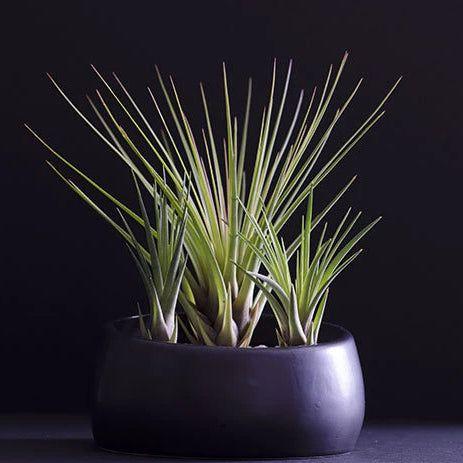
Tricolor Air Plant | Conclusion
In conclusion, Tricolor Air Plants, with their captivating appearance and easy care requirements, are a delightful addition to any indoor garden. Now that you’ve explored the world of “Is Tricolor Air Plant?” you have all the knowledge you need to nurture and showcase these remarkable plants. Embrace the beauty of Tillandsia tricolor and elevate your greenery game!
About The Author

Pruthvirajsinh
THE WAY YOU NEED IT
Connect with us
Recent Posts
- Decorate Your Home Space With Artificial Grass In 2023
- #1 Top 5 Creative Festive Garden Decor Ideas
- #1 The Most Easy Way to Protect Your Plants From Frost In USA
- #1 BEST TULSI REDUCES ACTIVE ACNE IN 2023
- #1 Best 7 indoor plants that people with amazing-smelling homes use to scent their spaces naturally
Information
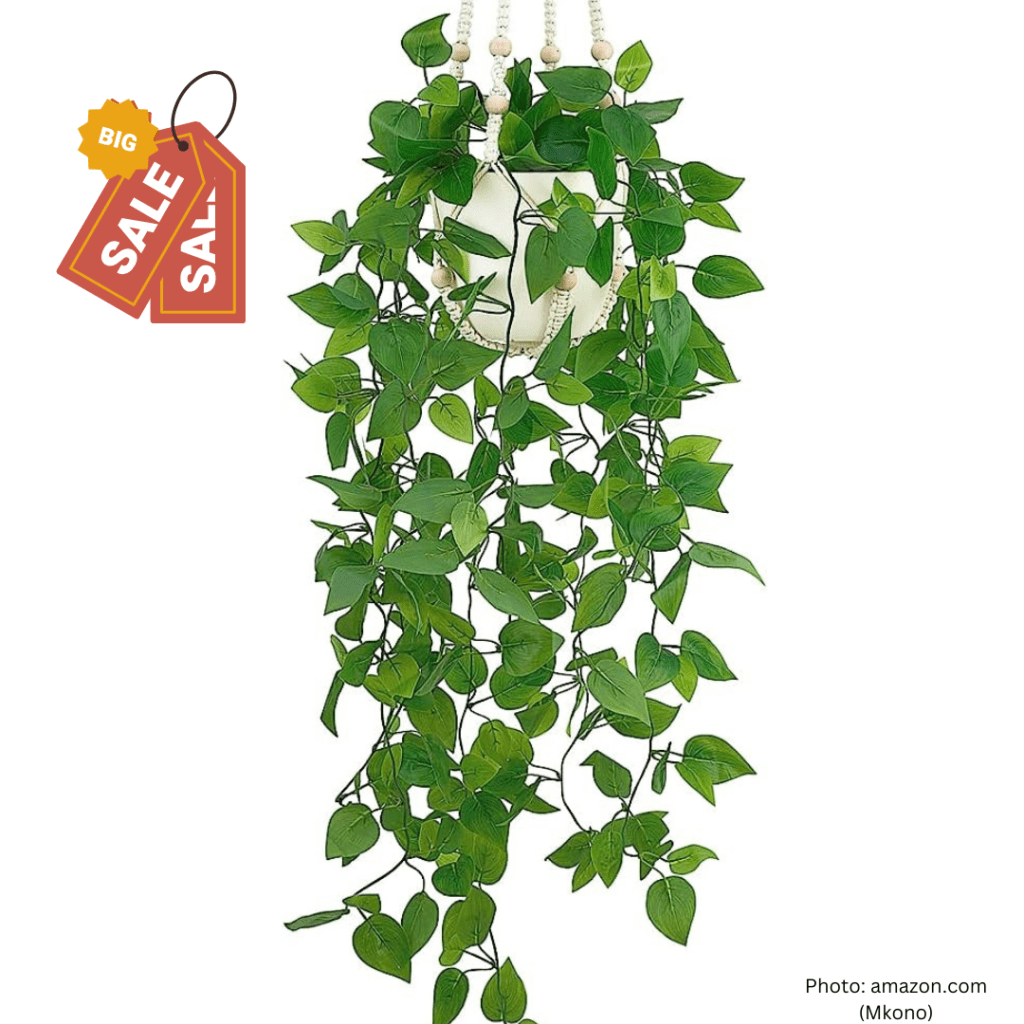
Mkono Fake Hanging Plant with Pot, Artificial Plants for Home Decor
Mkono Macrame Plant Hanger Indoor Hanging Planter Basket with Wood Beads Decorative Flower Pot
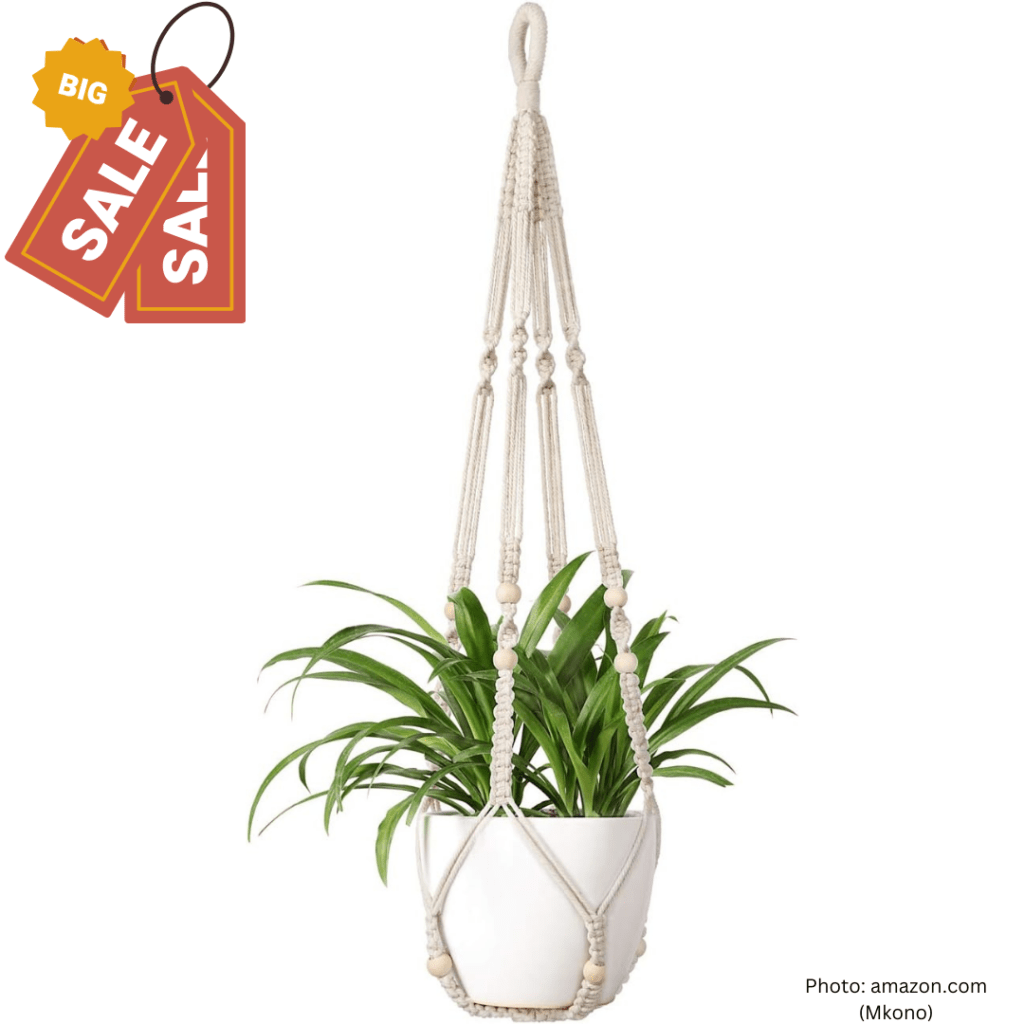
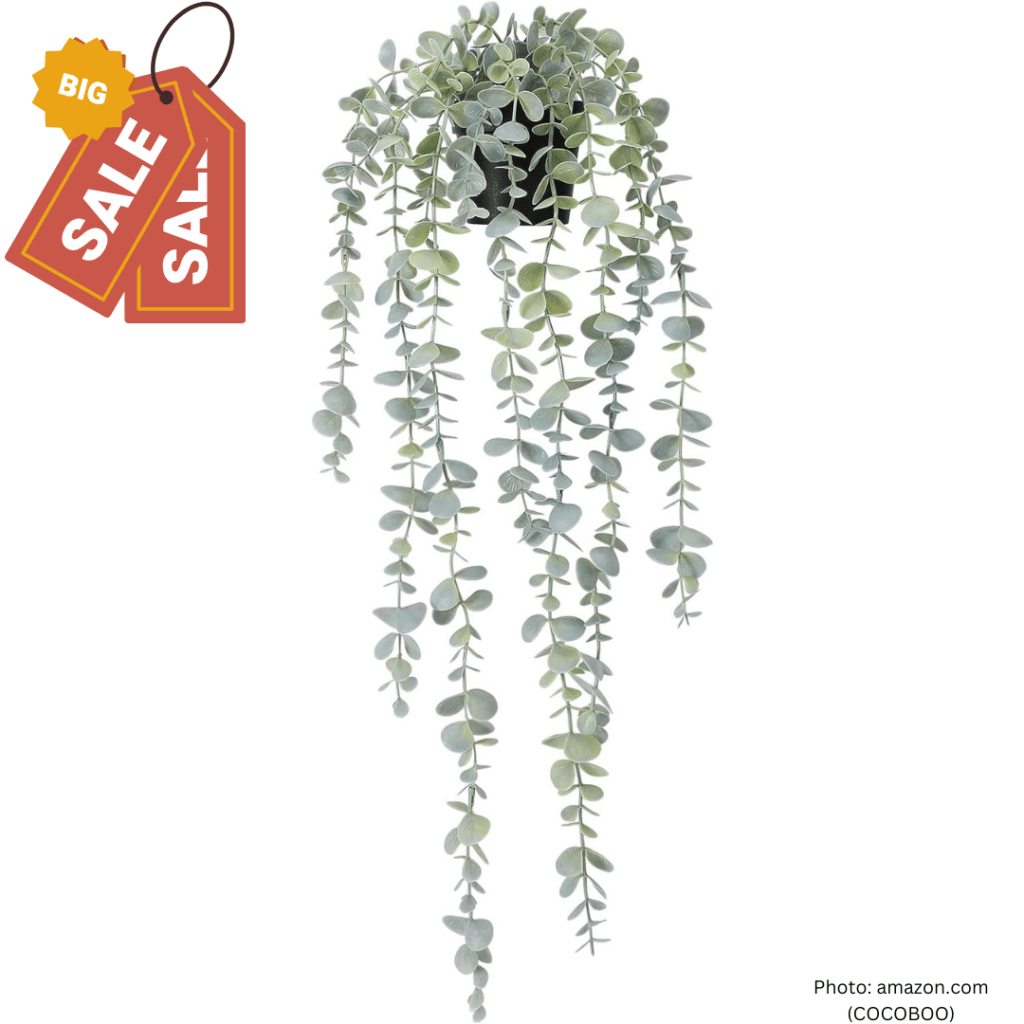
COCOBOO 1 x Artificial Hanging Plants Artificial Eucalyptus Plant Hanging Plant
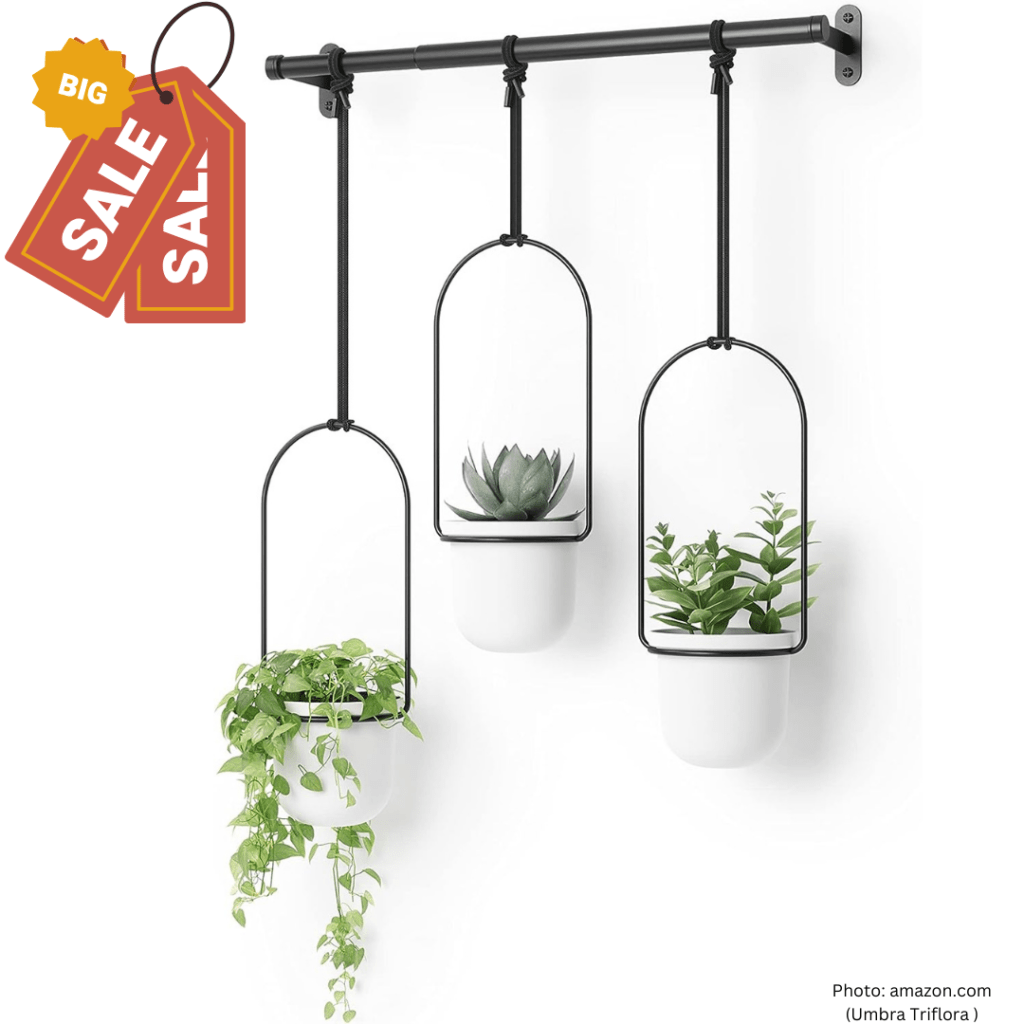
Umbra Triflora Hanging Planter for Window, Indoor Herb Garden, White/Black, Triple
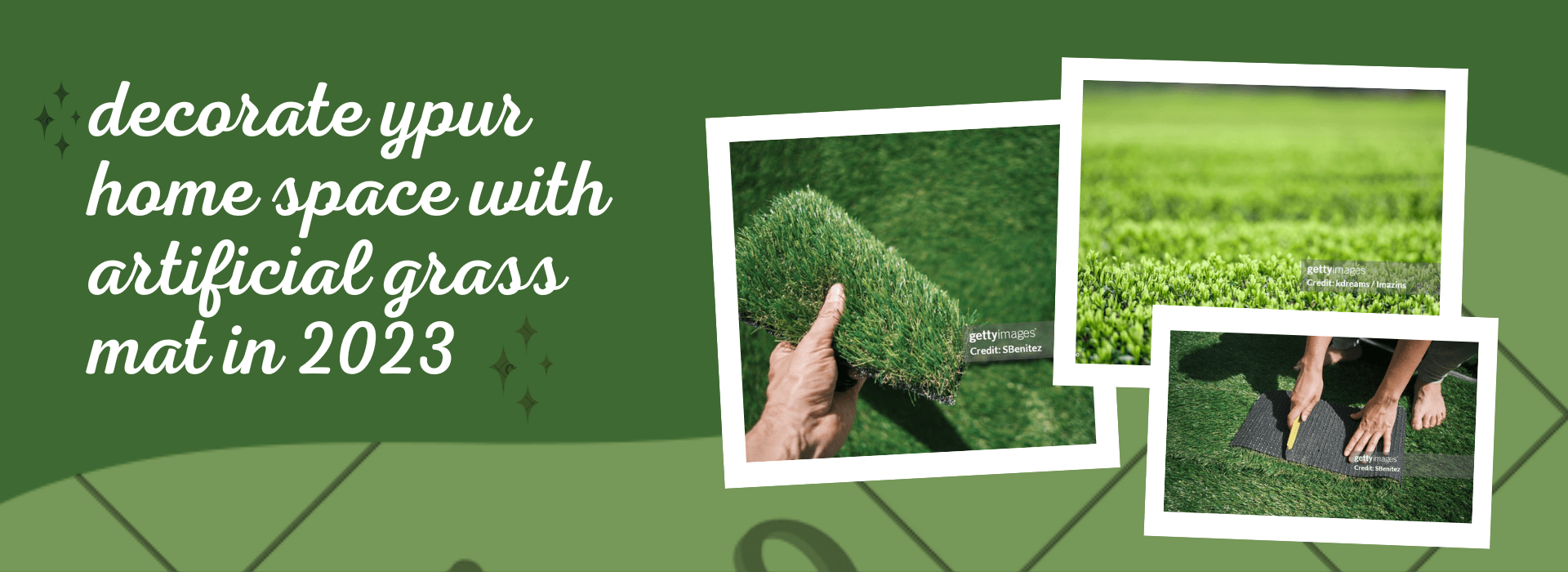
Decorate Your Home Space With Artificial Grass In 2023

#1 Top 5 Creative Festive Garden Decor Ideas

#1 The Most Easy Way to Protect Your Plants From Frost In USA
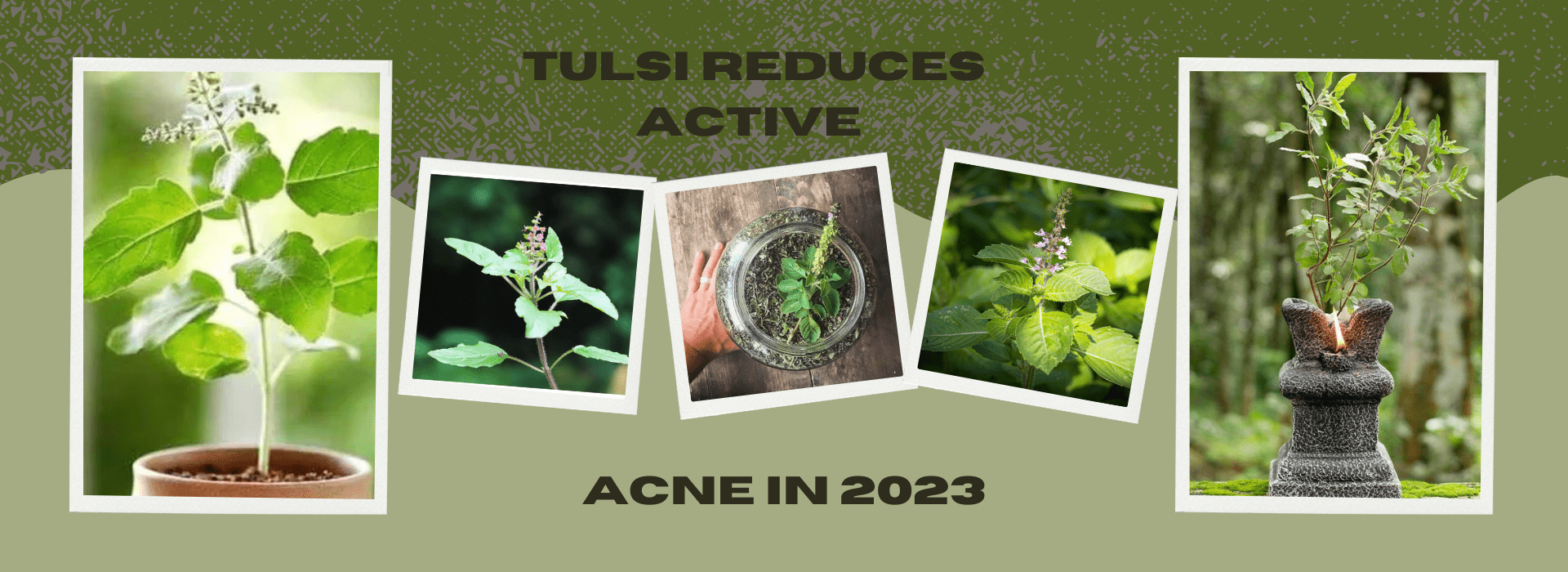
#1 BEST TULSI REDUCES ACTIVE ACNE IN 2023

#1 Best 7 indoor plants that people with amazing-smelling homes use to scent their spaces naturally
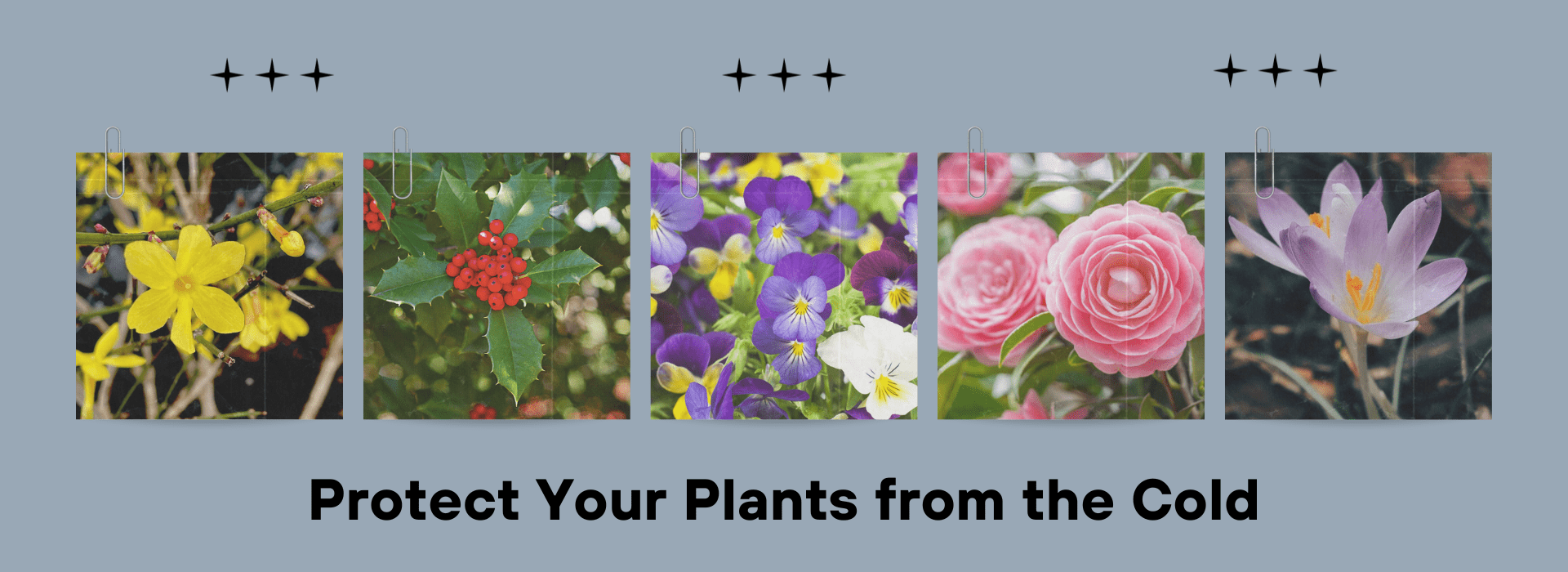

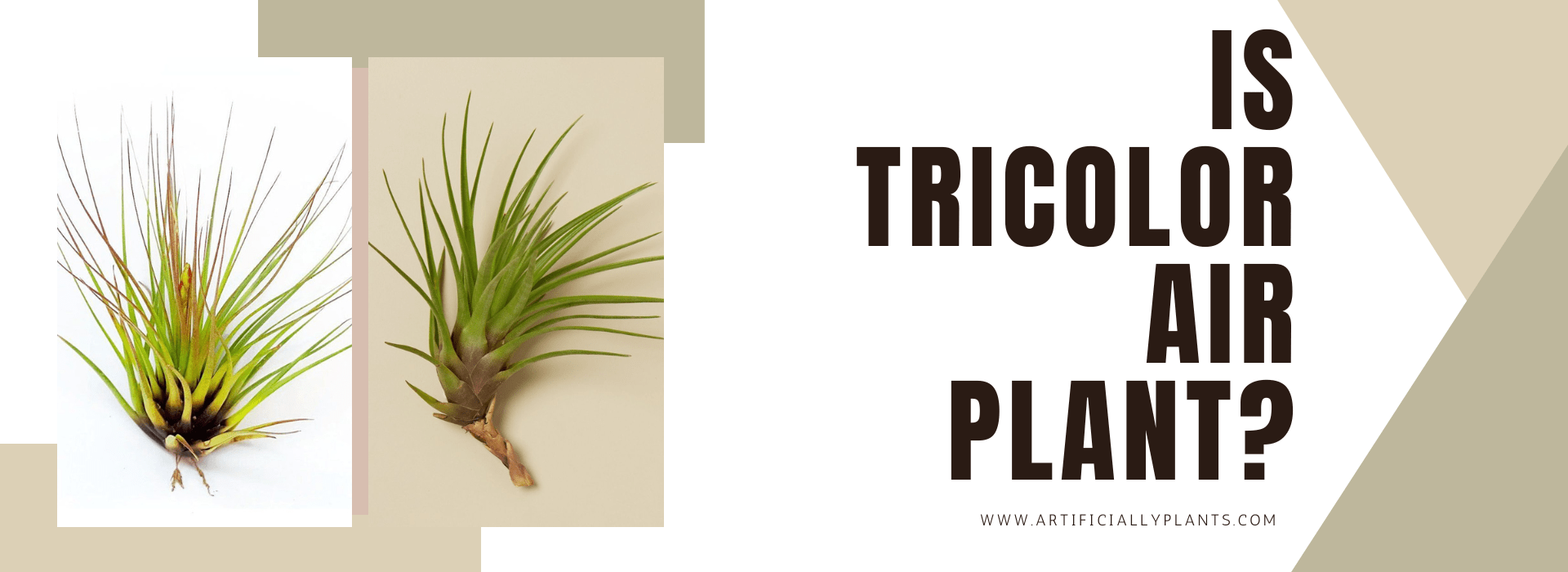




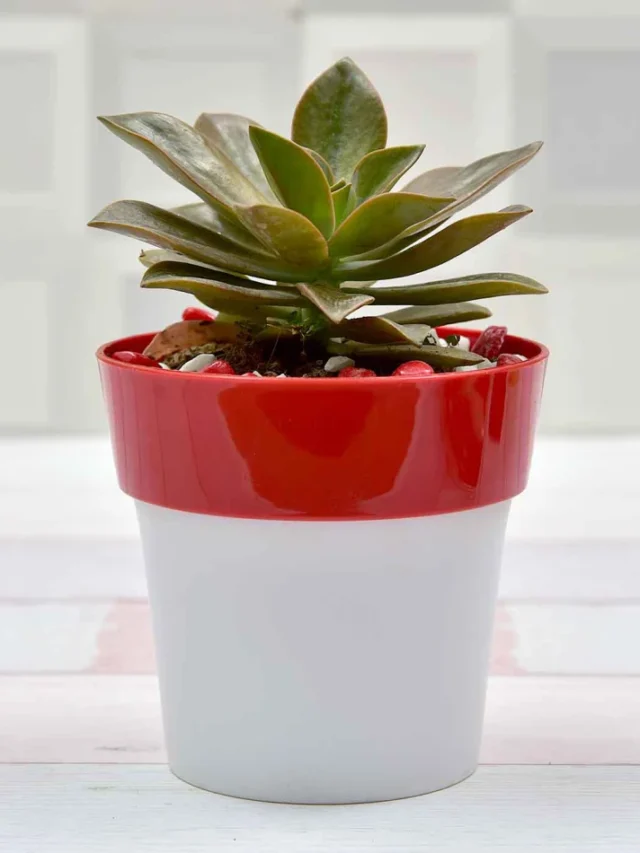
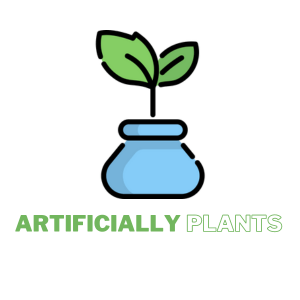
Recent Comments